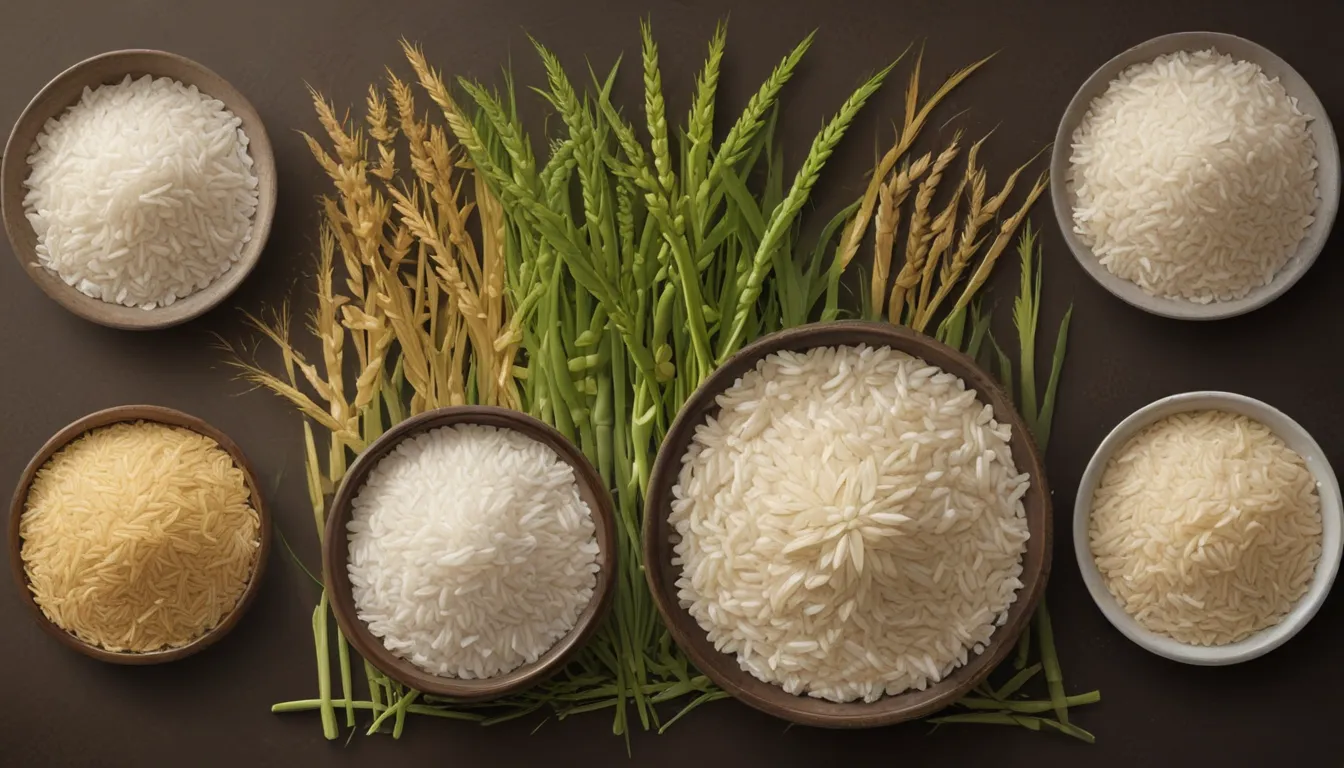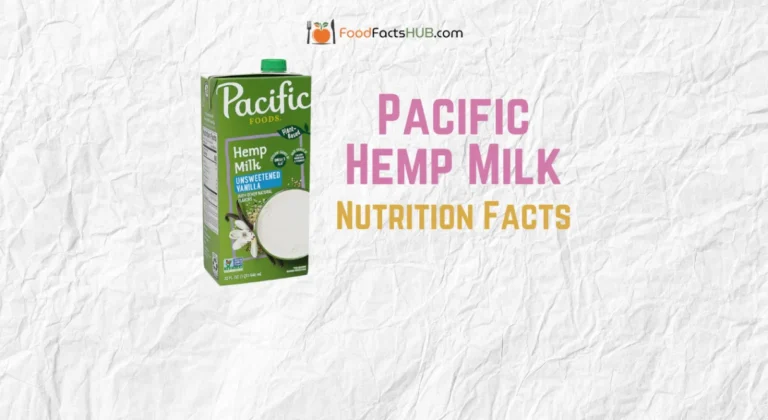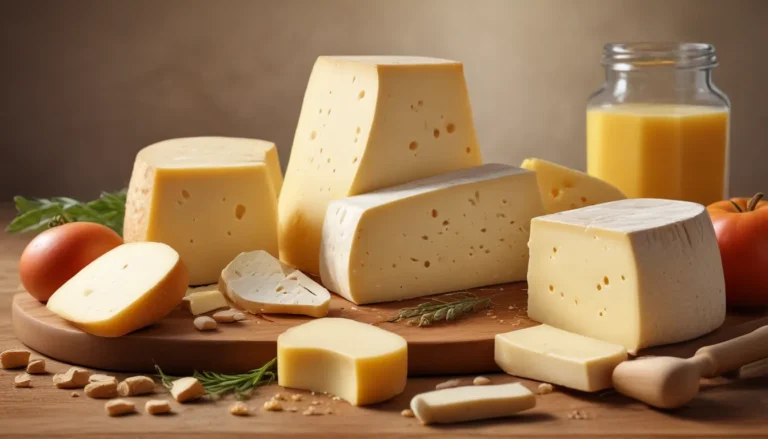The pictures in our articles might not always show exactly what the text is talking about. We use these images to make the article more interesting and eye-catching. They are there to add to the text, but not to replace it or show every detail.
In a world where rice feeds more people than any other crop, it's essential to understand the ins and outs of this wonder grain. Let's explore the fascinating world of rice with a collection of valuable facts that shed light on this vital commodity.
Unveiling Rice: Key Facts
- Rice is a staple food in low and lower-middle-income countries, with over half of the world's population relying on it for at least 20% of their daily calorie intake.
- Wheat, corn, and rice are the triumvirate of the world's leading food crops, demonstrating the critical role of rice in global nutrition.
- The staggering diversity of rice is reflected in its 40,000+ varieties, showcasing the adaptability and versatility of this essential grain.
- Approximately half of the total caloric intake of the global population is derived from wheat, corn, and rice, underscoring the significance of these staple crops in human diet.
Rice Consumption Around the Globe
- Laos, Bangladesh, and Cambodia lead in rice consumption per capita, emphasizing the cultural importance of rice in these regions.
- China reigns as the top consumer of rice globally, illustrating the sheer scale of rice consumption in one of the world's most populous countries.
- China and India stand out as the largest producers of rice, showcasing their pivotal roles in the global rice market.
- Asian countries exhibit a notable trend of high rice consumption, exceeding 100 kg per capita annually in most rice-eating nations.
- Rice enjoys a rapid surge in popularity as a staple food in Africa and Latin America, signaling evolving dietary patterns worldwide.
Remarkable Rice Trivia
- Rice boasts minerals and antioxidants that promote soft and smooth skin, adding to its allure as a beauty-boosting ingredient.
- The Great Wall of China was constructed using rice, highlighting the historical significance and practical applications of this versatile grain.
- Wild rice, a distant relative of commercial rice, offers a unique twist on traditional rice varieties.
- The transformation from brown rice to white rice involves polishing the outer bran layer for enhanced taste, showcasing the processing techniques that shape rice varieties.
- Oryza Sativa serves as the scientific moniker for Asian rice, encapsulating the botanical essence of this ubiquitous grain.
Illuminating Health Benefits of Rice
- Brown rice emerges as a fiber-rich alternative to white rice, preserving essential nutrients and antioxidants found in whole grains, unlike its processed counterpart.
- Rice serves as a quick and dependable energy source, aiding in bowel regulation, anti-aging, and blood sugar stabilization, while supplying vital vitamin B1.
- The Banaue Rice Terraces in the Philippines earn the accolade of the "Eighth Wonder of the World," showcasing the beauty and ingenuity of traditional rice cultivation practices.
- Rice cultivation demands substantial water resources, with approximately 5,000 liters needed to produce a single kilogram of rice, highlighting the environmental impact of rice farming.
- Japanese rice attains global acclaim for its superior quality, cultivated through a meticulous process of wet cultivation that capitalizes on Japan's abundant rainfall.
Fascinating Rice Trivia Nuggets
- The term ‘Hondam' meaning "the main rice field" in Japanese, offers a charming insight into the linguistic roots of the renowned car manufacturer Honda.
- Proper storage prolongs the shelf life of uncooked white rice for up to 10-30 years, underscoring the importance of storing grains effectively.
- The distinction between white and brown rice hinges on refinement, with white rice undergoing extensive processing to enhance taste and texture.
- Brown rice harbors phytic acid, providing a nutritional edge with increased protein and fiber content compared to white rice varieties.
- While brown rice boasts an array of nutrients, its impact on diabetes management remains a notable strength, offering a health-conscious alternative to white rice.
Impressive Rice Insights
- Rice stands as a naturally gluten-free grain, offering a safe dietary choice for individuals with gluten sensitivities or celiac disease.
- Japonica and Indica rice stand out as the primary subspecies of Oryza Sativa, embodying distinct culinary and agricultural characteristics.
- Basmati rice, renowned for its aromatic flavor and long grain structure, claims multiple health benefits, including cancer prevention and weight management.
- Paella, a quintessential Spanish dish, showcases the versatility of rice as a base for seafood or meat-based culinary creations.
- Rice's annual growth cycle, coupled with its labor-intensive cultivation and substantial water requirements, underscores the agricultural challenges associated with this vital crop.
In conclusion, the world of rice brims with diversity, cultural significance, and nutritional value, making it a cornerstone of global cuisine and agriculture. With its rich history, health benefits, and culinary versatility, rice continues to captivate taste buds and nourish populations worldwide. Explore the wonders of rice and discover the myriad ways this humble grain shapes our lives and diets.






